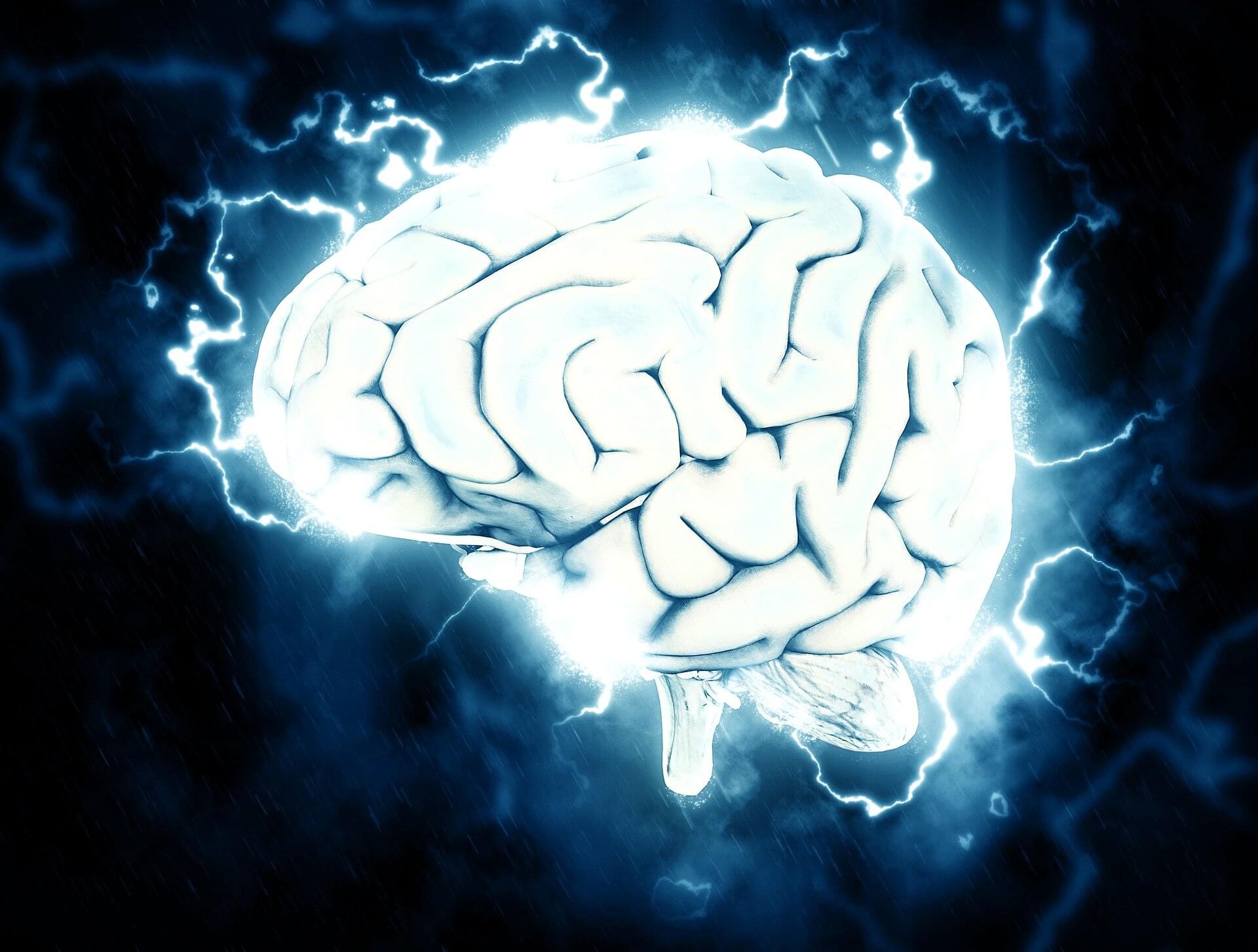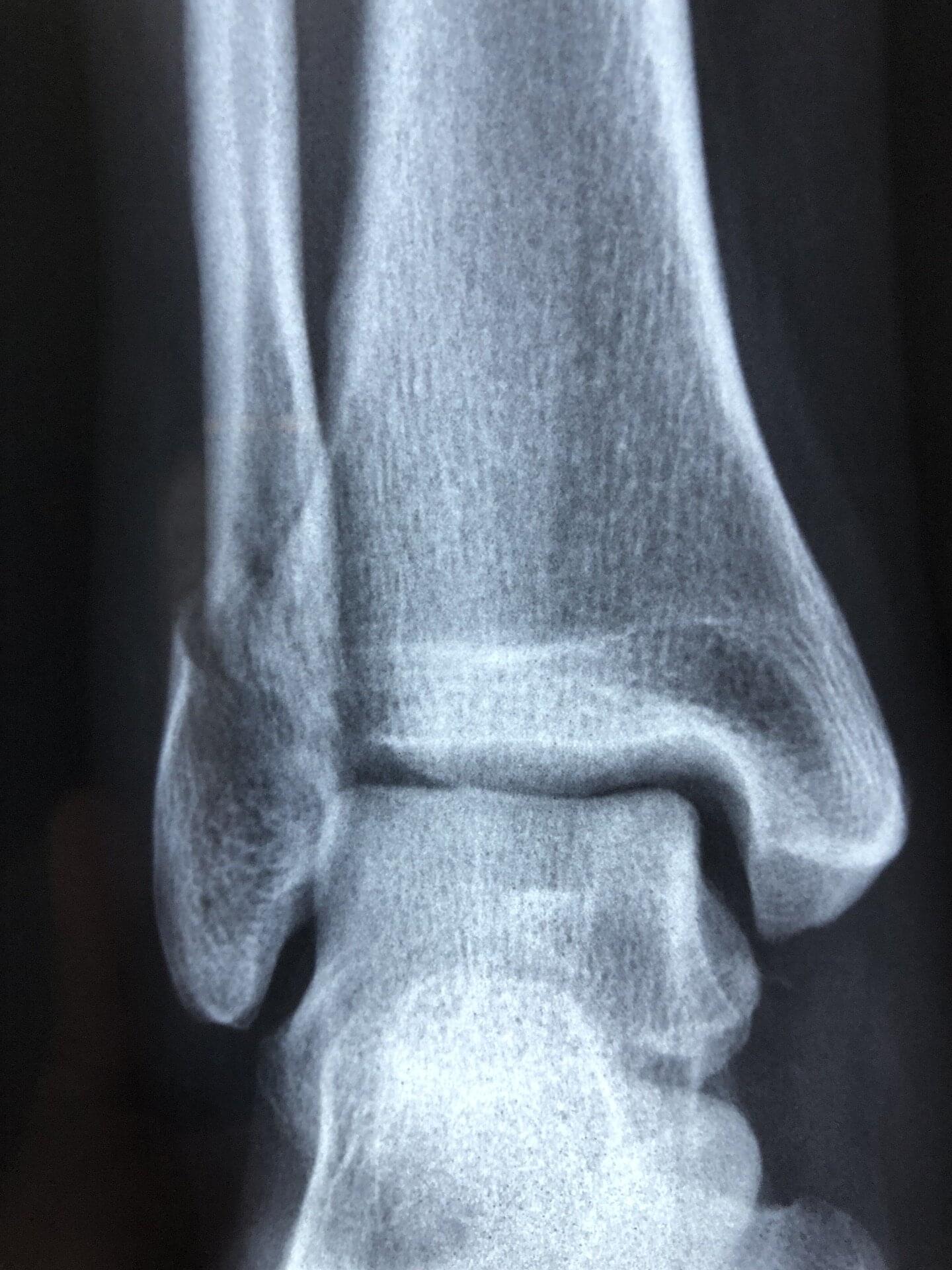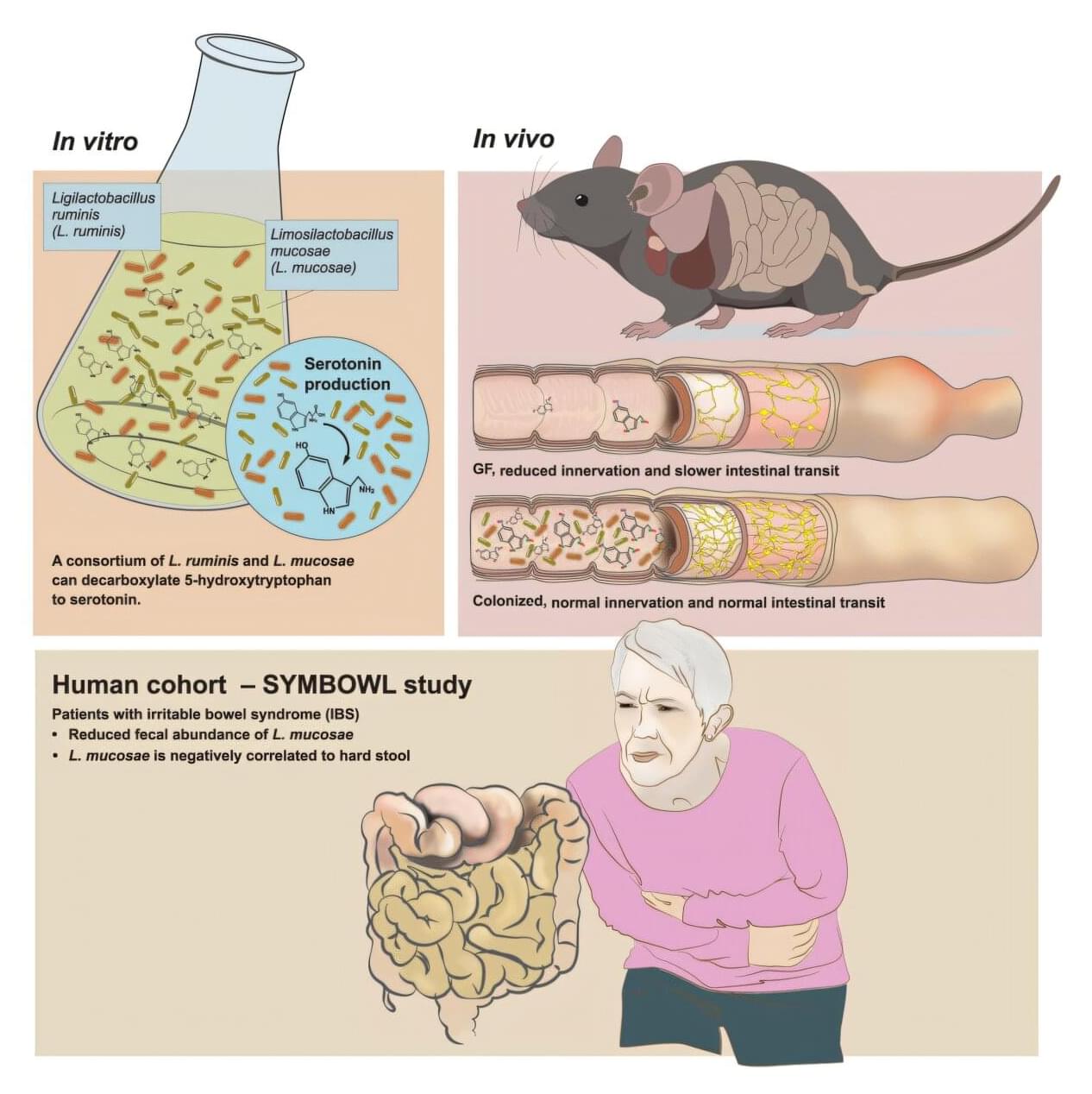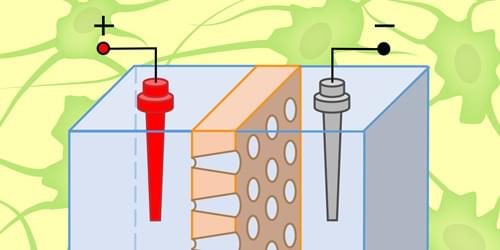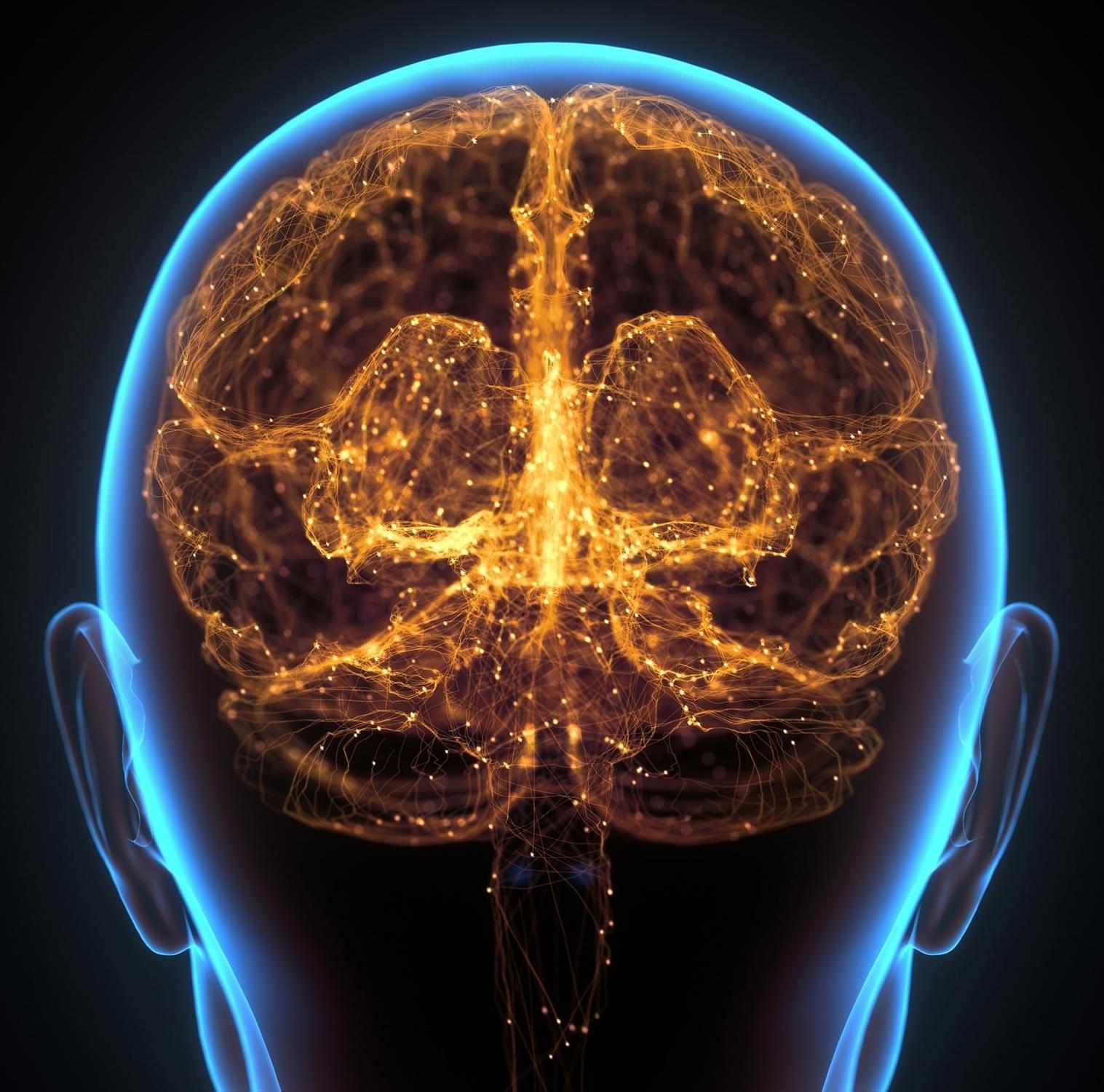Scientists have identified hundreds of genes that may increase the risk of developing Alzheimer’s disease but the roles these genes play in the brain are poorly understood. This lack of understanding poses a barrier to developing new therapies, but in a study published in the American Journal of Human Genetics, researchers at Baylor College of Medicine and the Jan and Dan Duncan Neurological Research Institute (Duncan NRI) at Texas Children’s Hospital offer new insights into how Alzheimer’s disease risk genes affect the brain.
“We studied fruit fly versions of 100 human Alzheimer’s disease risk genes,” said first author Dr. Jennifer Deger, a neuroscience graduate in Baylor’s Medical Scientist Training Program (M.D./Ph. D.), mentored by Drs. Joshua Shulman and Hugo Bellen.
“We developed fruit flies with mutations that ‘turned off’ each gene and determined how this affected the fly’s brain structure, function and stress resilience as the flies aged.”
